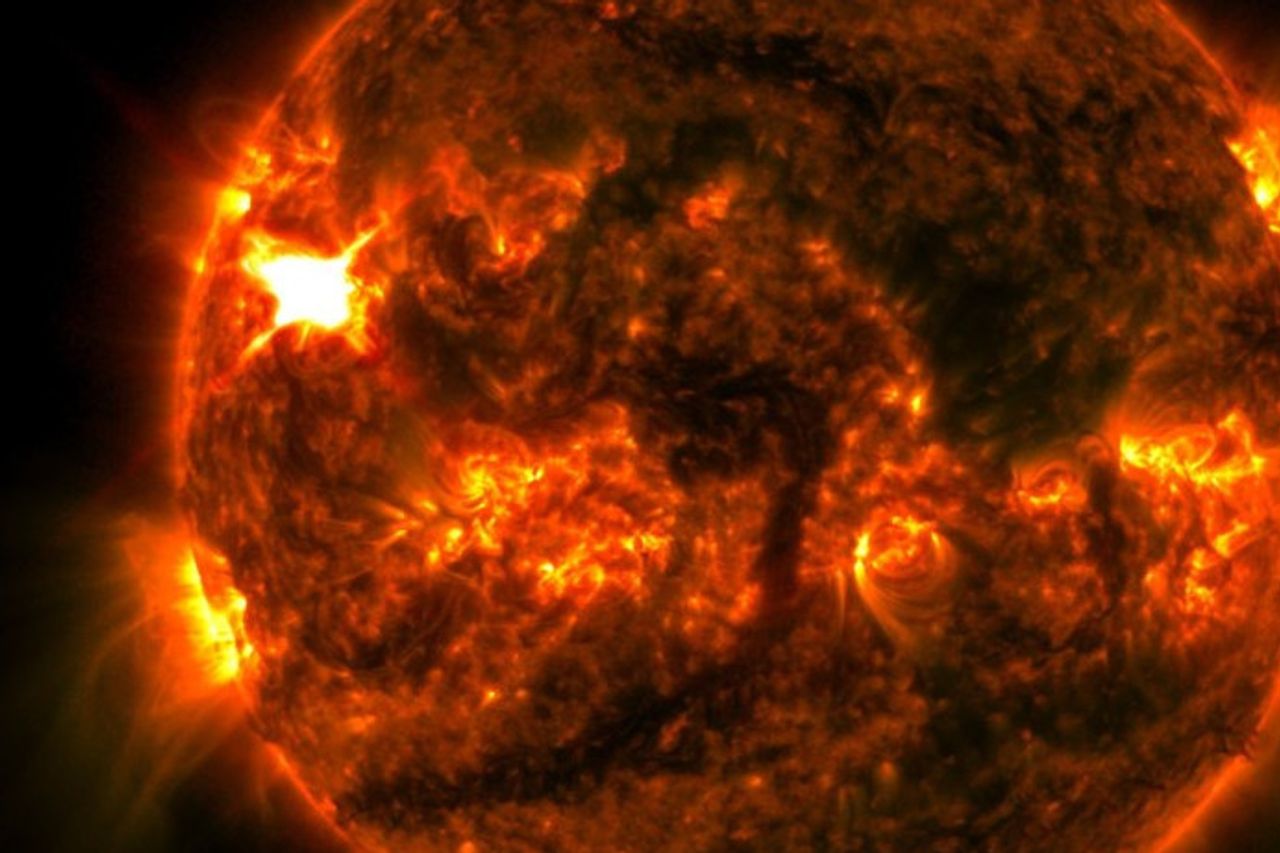Matahari Disrupts Three Big Flares, Can Disrupt Electricity Networks

NASA revealed that the Sun emitted a very strong solar flare on January 4. The big explosion in the atmosphere of the Sun reached its peak at around 19.48 WIB.
This energy burst was detected thanks to the Solar Ultraviolet Imager (SUVI) telescope belonging to the US National Oceanic and Atmospheric Administration (NOAA). The telescope is actively monitoring the Sun every day so that images of energy eruptions from its atmosphere can be captured.
This is the third eruption detected since the turn of the year, according to a NASA report. This phenomenon occurred twice a day, namely on January 3 at around 18.39 WIB and on January 4 at around 05.41 WIB.
Sun-emitted solar flares are recorded to have different strengths. The first flare is categorized as the X1.2, while the second flare is classified as the X1.1 flare. In the last burst, the recorded category is X1.8.
SEE ALSO:
There are five classification classes for solar energy bursts, including B, C, M, and X. B is the lowest level, while C is relatively small because it does not have an impact on Earth. Class M is a category for bursts with intermediate strength.
Class X is in the highest position. If SUVI classifies solar flares into class X, then the explosion from the Sun is recorded to be very large and powerful. At worst possible, the explosion in this class could cause interference in many ways.
This solar eruption can disrupt radio communications, shut down power grids, interfere with navigation signals, and even pose a risk to spacecraft and astronauts in space. Therefore, this energy explosion is very dangerous.



